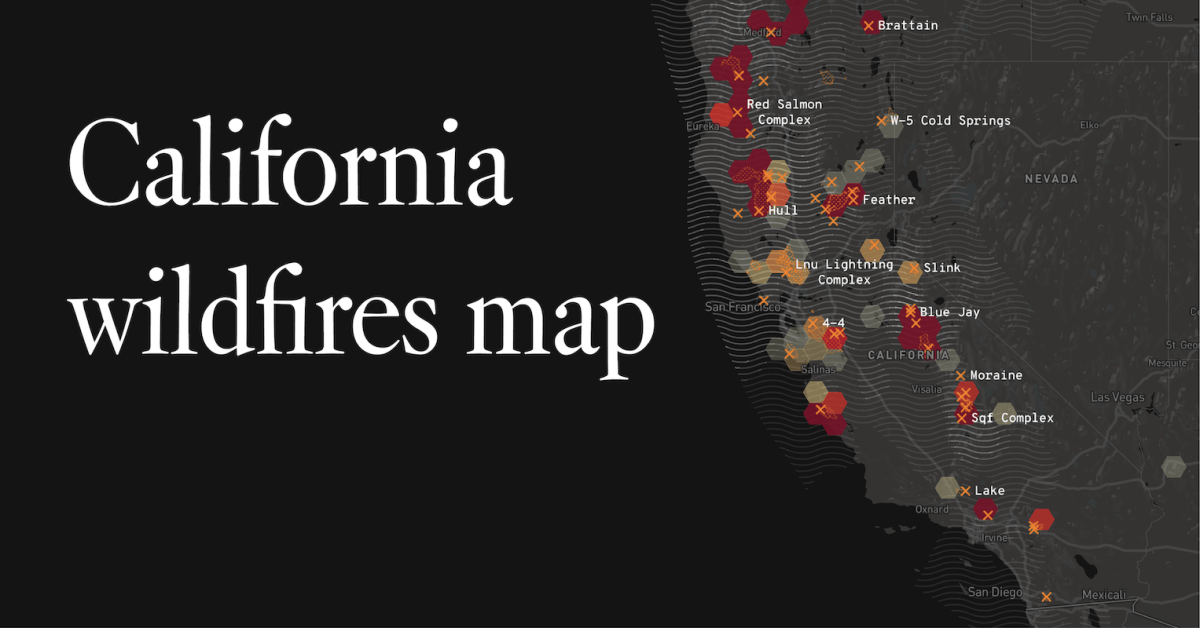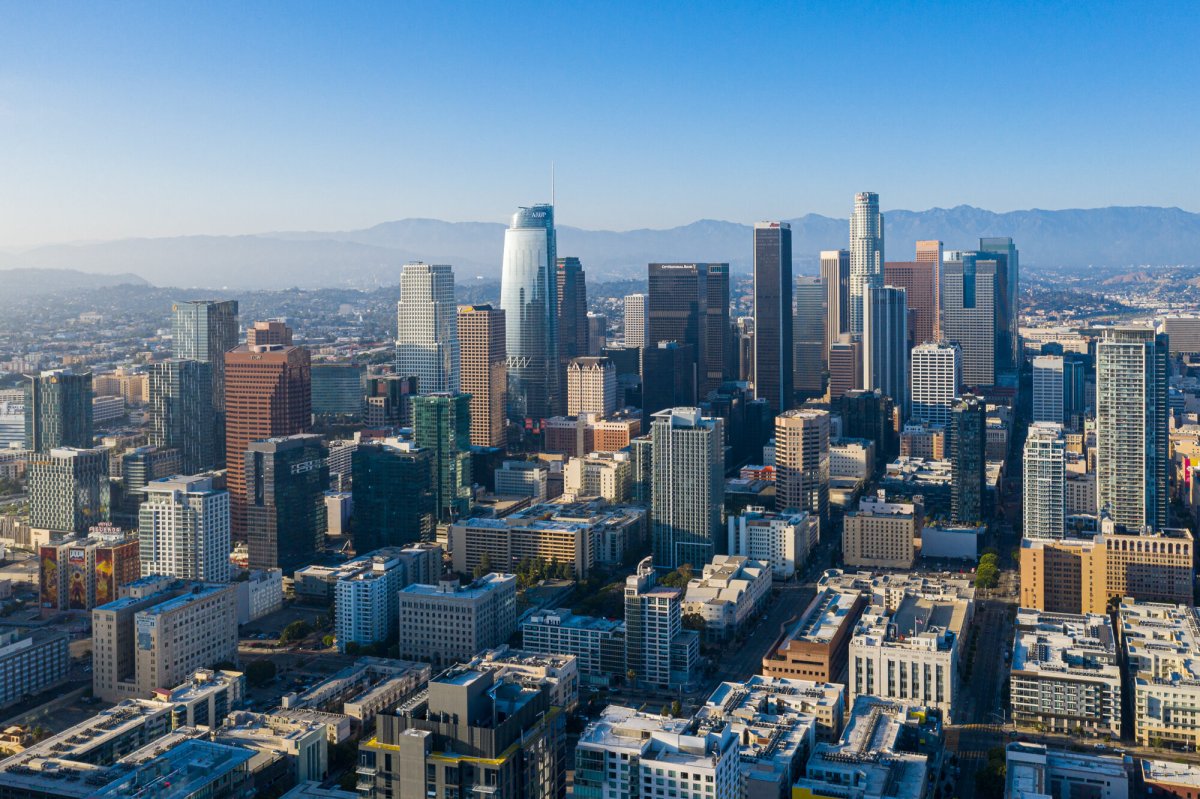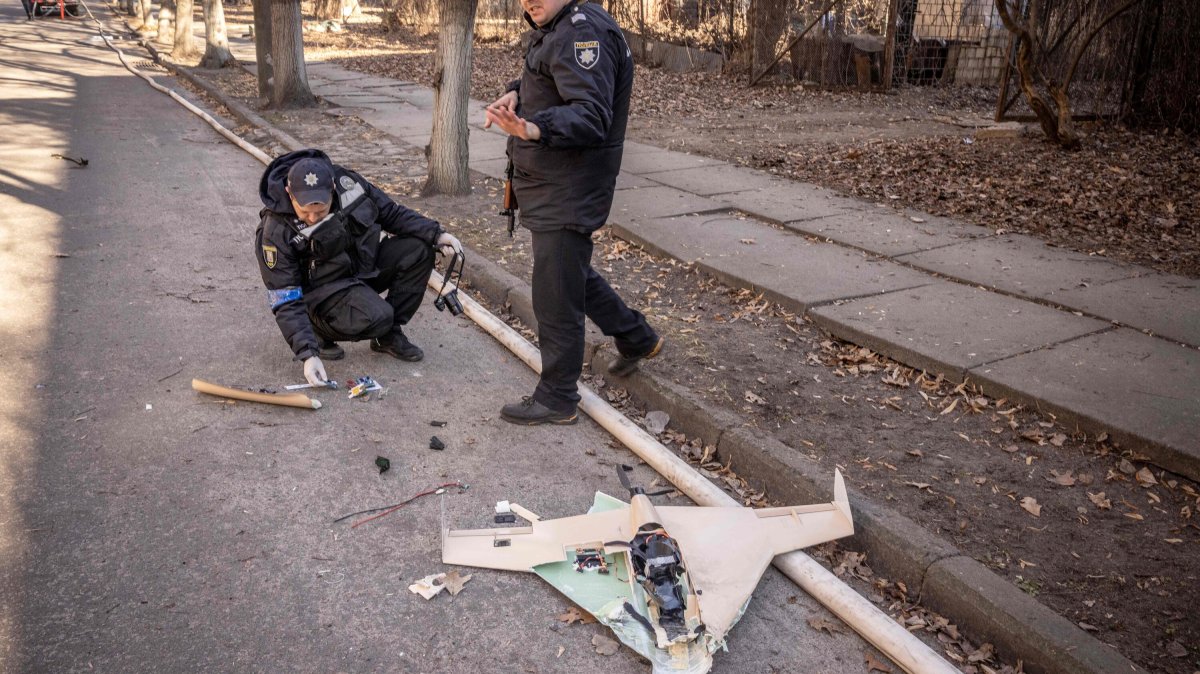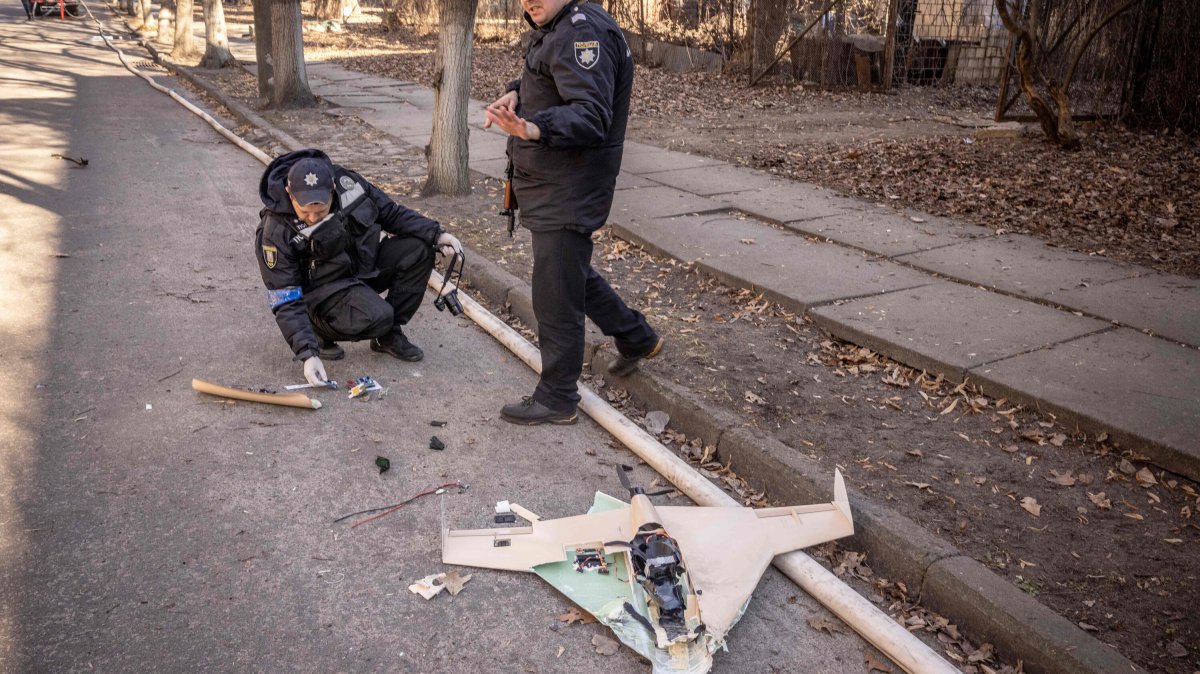Los Angeles fire drones are revolutionizing emergency response. This isn’t just about fancy gadgets; it’s about saving lives and property more effectively. We’ll explore the LAFD’s drone program, from its history and current capabilities to the cutting-edge technology and ethical considerations involved. Get ready to see how these unmanned aerial vehicles are changing the firefighting game in the City of Angels.
This article provides a comprehensive look at the Los Angeles Fire Department’s (LAFD) innovative use of drones. We will delve into the various applications of these drones, from wildfire suppression and search and rescue operations to post-fire damage assessment and real-time situational awareness. We’ll also examine the technological advancements, legal aspects, and ethical considerations surrounding their deployment.
Los Angeles Fire Department Drone Program
The Los Angeles Fire Department (LAFD) has integrated unmanned aerial vehicles (UAVs), commonly known as drones, into its emergency response operations, significantly enhancing its capabilities in firefighting, search and rescue, and post-fire assessment. This program, constantly evolving, leverages cutting-edge technology to improve efficiency and safety.
LAFD Drone Program Overview
The LAFD’s drone program began several years ago with initial trials focusing on situational awareness during wildfires. The program has since expanded to encompass a wider range of applications, including search and rescue operations and post-fire damage assessment. Currently, the LAFD operates a fleet of drones, each tailored to specific tasks. Operational procedures involve strict adherence to FAA regulations and internal protocols to ensure safe and effective deployment.
Drone Models Used by LAFD

| Model | Manufacturer | Capabilities | Limitations |
|---|---|---|---|
| DJI Matrice 300 RTK | DJI | High-resolution visible and thermal imaging, long flight time, precise positioning | High cost, requires skilled operator |
| Autel EVO II Dual 640T | Autel Robotics | Simultaneous visible and thermal imaging, compact and portable | Shorter flight time compared to Matrice 300 RTK |
| (Placeholder Model 3) | (Placeholder Manufacturer) | (Placeholder Capabilities) | (Placeholder Limitations) |
| (Placeholder Model 4) | (Placeholder Manufacturer) | (Placeholder Capabilities) | (Placeholder Limitations) |
Applications of Drones in LAFD Firefighting Operations, Los angeles fire drone
LAFD drones have proven invaluable across various firefighting scenarios. Their applications are not limited to a single area, but span a wide range of critical operations.
Los Angeles fire drones are becoming increasingly important for rapid fire assessment and surveillance. Think of how much faster they can get a bird’s-eye view compared to traditional methods! For larger-scale firefighting operations, though, you might need something with even more water-carrying capacity, like a super scooper , which are amazing for dropping massive amounts of water.
But for initial response and detailed mapping of smaller blazes, those LA fire drones are invaluable.
- Wildfire Suppression: Drones provide real-time aerial views of fire spread, enabling quicker strategic deployment of resources.
- Search and Rescue: Drones equipped with thermal cameras can locate missing persons in challenging terrains, significantly improving the speed and efficiency of rescue operations. For instance, during the recent Woolsey Fire, a drone successfully located a stranded hiker.
- Structural Damage Assessment: Post-fire, drones assess structural integrity, helping firefighters identify unstable structures and prioritize safety measures. This minimizes risks to personnel during post-fire operations.
- Real-time Situational Awareness: During emergencies, drones relay live video feeds to incident commanders, providing crucial information for decision-making and resource allocation.
Drone Deployment Decision-Making Flowchart
The decision to deploy a drone involves careful consideration of various factors, including the type of emergency, weather conditions, and the availability of trained personnel. A detailed flowchart guides this process, ensuring optimal use of drone technology.
The flowchart would start with identifying the emergency type (wildfire, structural fire, search and rescue). This leads to a decision point regarding weather conditions (suitable/unsuitable). If suitable, it moves to a check on drone availability and operator readiness. If all conditions are met, the drone is deployed. If not, alternative methods are considered.
LA fire drones are becoming increasingly important for rapid response and damage assessment. Think about the coordination needed – it’s almost like the strategic decision-making of deal or no deal island contestants weighing their risks and rewards! But instead of briefcases, LA firefighters are dealing with burning buildings, needing quick, informed choices to save lives and property.
Feedback loops are incorporated to monitor deployment effectiveness and adjust the strategy as needed.
Technological Aspects of LAFD Drones

The LAFD’s drone fleet incorporates advanced technologies to enhance performance and data collection. Different types of cameras offer unique advantages and limitations in various scenarios.
- Key Technological Components: High-resolution visible light and thermal cameras, GPS systems for precise navigation, robust communication systems for reliable data transmission.
- Thermal vs. Visible Light Cameras: Thermal cameras detect heat signatures, enabling the detection of hidden hotspots and the location of victims in smoke-filled environments. Visible light cameras provide detailed images in daylight conditions, helpful for damage assessment.
- Challenges in Urban Environments: Obstacles like buildings, power lines, and congested airspace pose significant challenges for drone operation. Signal interference can also disrupt communication.
- Drone-based Thermal Imaging vs. Traditional Methods: Drone-based thermal imaging provides a rapid, comprehensive overview of a fire scene, surpassing the limitations of ground-based thermal imaging in terms of speed and scope. It enhances the ability to identify hotspots and predict fire spread.
- Potential Technological Upgrades: Integration of AI for autonomous flight and fire detection, enhanced obstacle avoidance systems, improved communication systems for longer ranges and higher bandwidth, advanced sensor technologies for more detailed data acquisition.
Legal and Ethical Considerations
The LAFD’s drone program operates within a strict legal and ethical framework. Addressing potential privacy concerns and maintaining public trust are paramount.
- Legal Framework: Adherence to Federal Aviation Administration (FAA) regulations, including obtaining necessary permits and certifications for drone operation.
- Privacy Concerns: Use of drones equipped with cameras raises privacy concerns. The LAFD adheres to strict protocols regarding data collection and storage, ensuring compliance with relevant laws and ethical guidelines. Data is used only for emergency response purposes.
- Ethical Considerations: Balancing the benefits of drone technology with potential risks, such as accidents or misuse. Prioritizing public safety and respecting individual rights.
- Maintaining Public Trust: Transparency in the program’s operations, clear communication with the public about data usage policies, and establishing mechanisms for addressing public concerns.
- Potential Risks Associated with Drone Malfunctions or Misuse:
- Loss of control during flight
- Collision with obstacles or people
- Data breaches or unauthorized access
- Malicious use of drones
- Equipment failure
Future of LAFD Drone Technology

The future of LAFD drone technology holds immense potential for enhancing emergency response capabilities. Advancements in artificial intelligence and autonomous flight will revolutionize the way drones are used.
- Potential Future Applications: Autonomous firefighting drones equipped with water-dropping capabilities, drones for delivering medical supplies to remote locations, advanced sensor technologies for early fire detection and prediction.
- Impact of Advancements: AI-powered drones capable of autonomous flight and decision-making will enhance efficiency and reduce response times. Autonomous drones could assess a fire situation more quickly and deploy resources more effectively than humans could.
- Innovative Drone Technologies: Drones equipped with advanced sensors for detecting toxic gases, drones with improved battery life for extended operations, swarm technology for coordinated drone deployments.
- Drone Data Integration: Integrating drone data with other emergency response systems, such as GIS and dispatch systems, will provide a comprehensive situational awareness picture, improving coordination and decision-making.
- Hypothetical Future Scenario: During a large-scale wildfire in the Santa Monica Mountains, a swarm of autonomous drones equipped with thermal cameras and water-dropping capabilities rapidly assess the fire’s spread. They identify critical areas and prioritize resource allocation. Simultaneously, other drones locate and assist trapped residents, while providing real-time updates to incident commanders. The coordinated efforts, enabled by seamless data integration, drastically reduce property damage and save lives.
Conclusive Thoughts: Los Angeles Fire Drone
Los Angeles fire drones represent a significant leap forward in emergency response technology. Their ability to provide real-time data, enhance situational awareness, and improve the efficiency of firefighting operations is undeniable. While challenges remain regarding regulations, privacy, and technological limitations, the future of the LAFD’s drone program is bright, promising even more innovative applications and advancements that will continue to protect lives and property in Los Angeles.
FAQ Compilation
What types of sensors are used on LAFD drones?
LAFD drones utilize a variety of sensors, including thermal imaging cameras, high-resolution visible light cameras, and potentially others depending on the specific model and mission requirements.
How does the LAFD ensure drone pilot competency?
The LAFD likely has a rigorous training program for its drone pilots, covering safe operation, emergency procedures, and relevant regulations. Specific details would need to be obtained from the LAFD directly.
What is the process for requesting LAFD drone support?
Los Angeles fire departments are increasingly using drones for rapid assessment and surveillance during wildfires. Getting a broader perspective is crucial, which is why checking out aerial views like those shown in this awesome collection of photos from a plane, la fire from plane , can be really helpful for understanding fire behavior. This helps drone operators better strategize their deployment and maximize the effectiveness of their aerial firefighting support.
The exact process for requesting drone support likely varies depending on the emergency. It’s best to contact the LAFD directly through emergency services channels for immediate needs.
What are the cost implications of maintaining the LAFD drone program?
The cost involves purchasing and maintaining drones, pilot training, software updates, and potential repair or replacement costs. Specific budget details are likely publicly available through LAFD budget documents.
